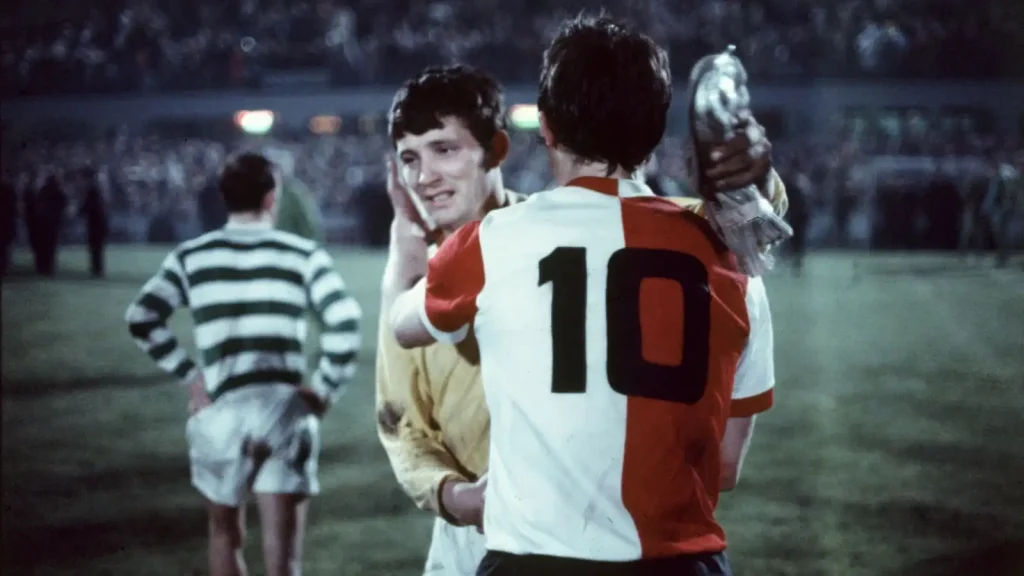There is no shirt number in football more iconic than the number 10, held by the heralded CAM position. It’s reserved for those joyous creators of space, the position that goes by various definitions and is home to players that make sides tics.
They unlock opposition backlines, weaving in and out of defenders’ attention, as they pull the strings. They are the playmaker. Taking up that pocket of space just behind the striker(s), they command attention.
All good no.10’s are fan favourites, yet while there are so many brilliant legendary Attacking midfielders, there are so many different types of players that find success in the role.
But despite such a myriad of player archetypes that have worked there, the one thing all good no 10’s share in common is how exciting they are to watch. Their ingenuity and creativity is a theme that runs through all of the greatest to play ‘in the hole’.
To find where it all started, we must head back to 1960s Amsterdam, where one of football’s most iconic names had established himself as an Ajax first-team regular.
Fluid Positioning
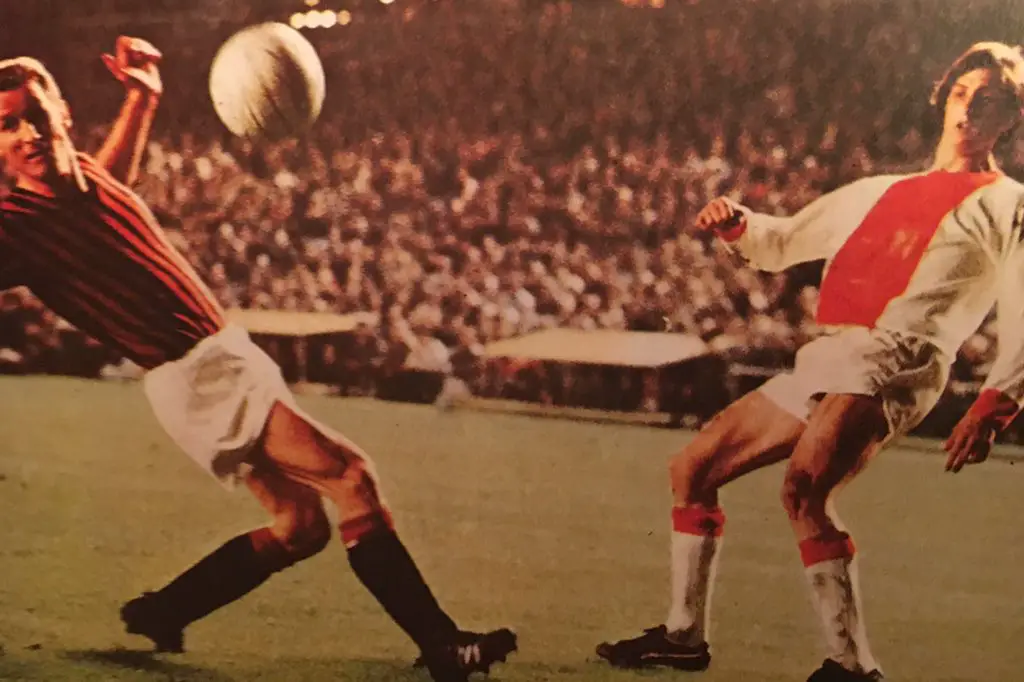
In 1966, a young Johan Cruyff had broken into the first team at Ajax, having spent much of his youth in the academy.
Coming off the back of an incredible breakthrough season, that saw him net 16 goals in 19 league appearances, Johan was more than ready to make the step up to first-choice striker, aged only 19.
That season he scored 33 in 30 league games, and while the goal record was incredible alone, it was how he played within Ajax’s system that was truly unfathomable at the time.
Without Cruyff and Ajax manager Rinus Michel’s fluid philosophy, the attacking midfield role that we know today might never have come to fruition.
While listed as a striker on the team sheet, Cruyff would drift out wide or drop back into midfield to get the ball. A free-roaming player, it was like trying to mark a ghost for defenders.
Fluid football wasn’t a totally new concept, having been part of Brazillian philosophy, Zizinho was one example of a great attacking playmaker that preceded Cruyff in the 40s and 50s, but no one had taken positional freedom to this extreme. Fluid positioning had reached what felt like its logical conclusion at the time.
Total Football
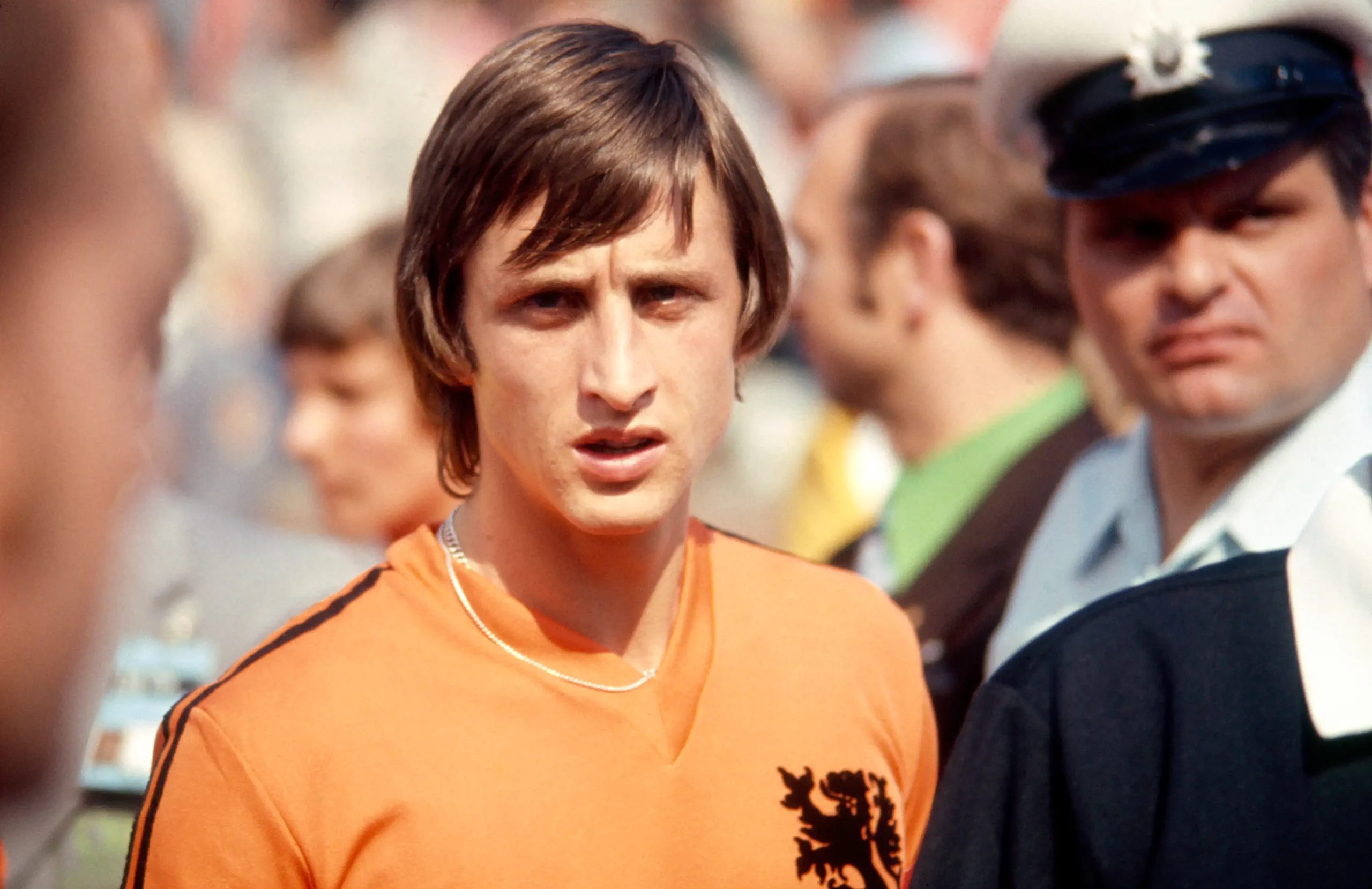
This meant if a side was losing the midfield battle heavily, strikers were essentially spectators, hoping for a scrappy goal, a bit of luck or a defensive mistake to prey on.
Michel and Cruyff broke the mould, if the ball wouldn’t come to Johan, he would come to it, or better yet, drift into space out wide to receive the ball unmarked in a dangerous area where he can link up with the midfielders.
It was magic. That Ajax side is legendary for a reason. Cruyff would go on to do the same thing for Barcelona and The Netherlands national team.
It was in this departure from rigid positioning that the no 10 role was born. This new invention quickly caught on, as other sides found ways to get their star attackers as involved as possible.
It was a revelation. Football before this was in the midst of a much more defensive style, focussed on nullifying attackers, and being defensively sound.
Cattenaccio as it was called, had been the safe but boring system that represented the opposite of everything total football stood for. Ajax brought forth an age of beautiful controlled chaos.
Some sides opted for a 4-4-1-1, the attacker behind the striker doing their best to imitate the indomitable Cruyff.
In other circumstances, a midfield diamond was the system of choice, the classic 4-1-2-1-2 meant teams could still have a typical strike partnership and have a playmaker with no defensive duties to worry about.
To prevent the formation from being too top-heavy, the other central midfielder sat in front of their defensive line.
Becoming The Norm

Thanks to this new positional freedom, a different type of player was able to flourish in the middle.
Before this, wingers were the skillful, quick and agile players, while the centre was for powerful forwards and industrious centre midfielders. Now, free of defensive responsibilities, a whole new archetype of player began to thrive.
Vision, ball control, agility, and passing ability were key to success in the role. Players like Zico, Gianni Rivera, Michel Platini and Socrates were all some of the world’s best players from the late ’60s to the early ’80s.
Socrates was a particularly interesting success story, however.
While the archetypal no 10 at this point were quick, agile slight players, Socrates stood 6ft 4’ tall but played in the hole to just as much success despite his different skill set.
This is where the Attacking midfielder truly became impossible to strictly define. While Socrates lacked the pace and agility his fellow no.10s possessed, he possessed an incredible eye for a pass.
A more physical take on the role, Socrates made it work in his own way, drifting into space like his compatriots, but utilising his different skill set. He was strong, had an incredible first touch, a powerful strike and could put the ball on a plate for a striker from 50 yards away.
In his own right, Socrates showed the world a new way to play behind the striker.
History’s Greatest Number 10
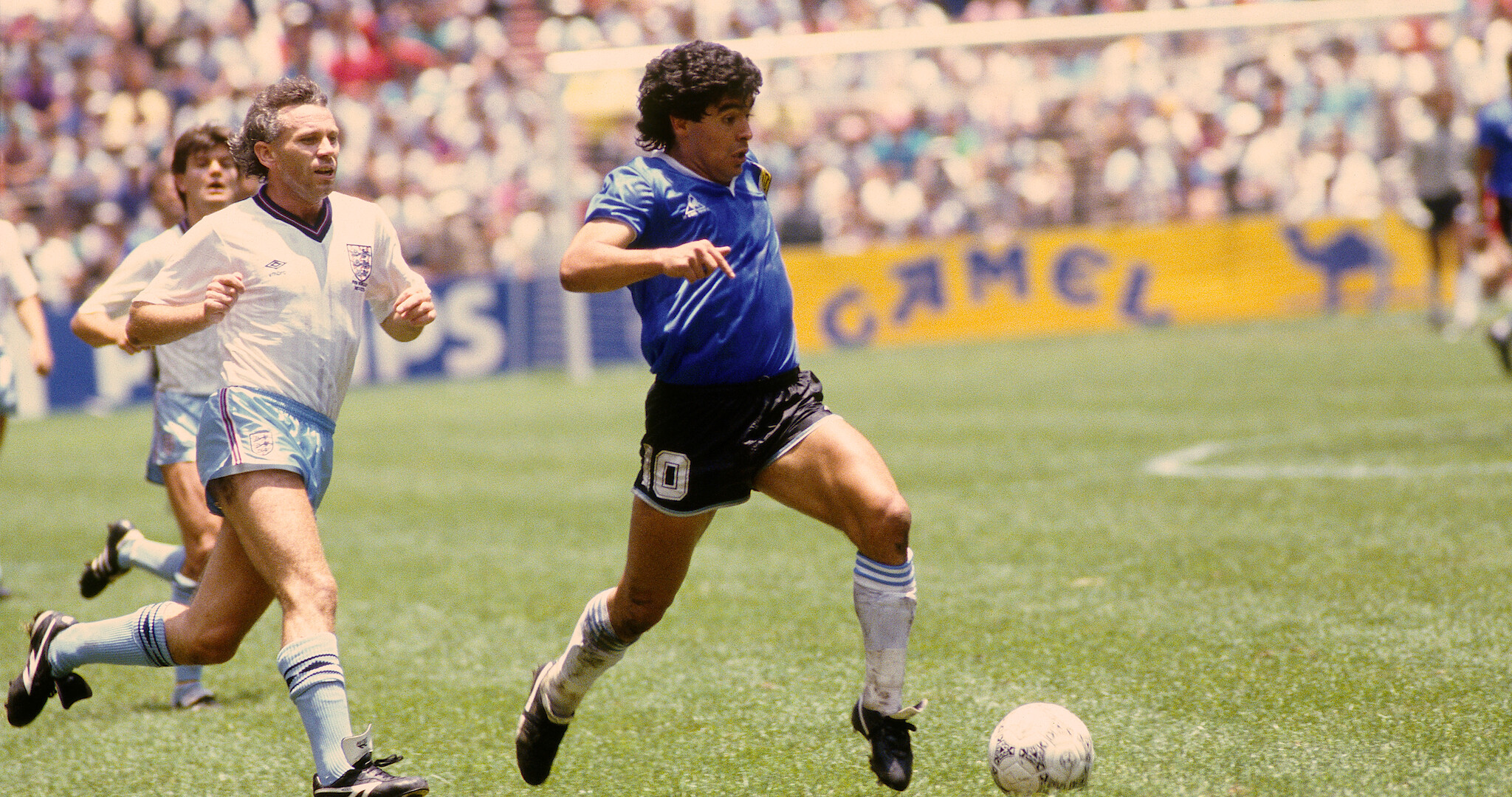
A man who took a position that had been indelibly reserved as Johan Cruyff’s legacy and made it his own. He did better than anyone ever had before, and better than anyone ever would again.
It was, of course, Diego Maradona.
While Cruyff was the original innovator, and up to this point the gold standard, Diego perfected the role. He entranced spectators and teammates alike. It often felt like the main tactic of the teams he played in was ‘pass the ball to Maradona’.
Fans were more than happy about this, onlookers desperate to see him on the ball at every possible opportunity.
An exceptional talent in every way, as brilliant as he was, it is hard to imagine he would have garnered the same status had the attacking midfield role not existed by this point.
He wasn’t suited to playing up top, it would have been footballing blasphemy to expect him to perform the defensive duties of a central midfielder, and while he’d still be a fantastic player as a winger, the freedom of attacking midfield brought the best out of his immeasurable talent.
It was the role Diego was made to play, and he was born at the perfect time to make it his own.
The Rise Of Well-Rounded Playmakers
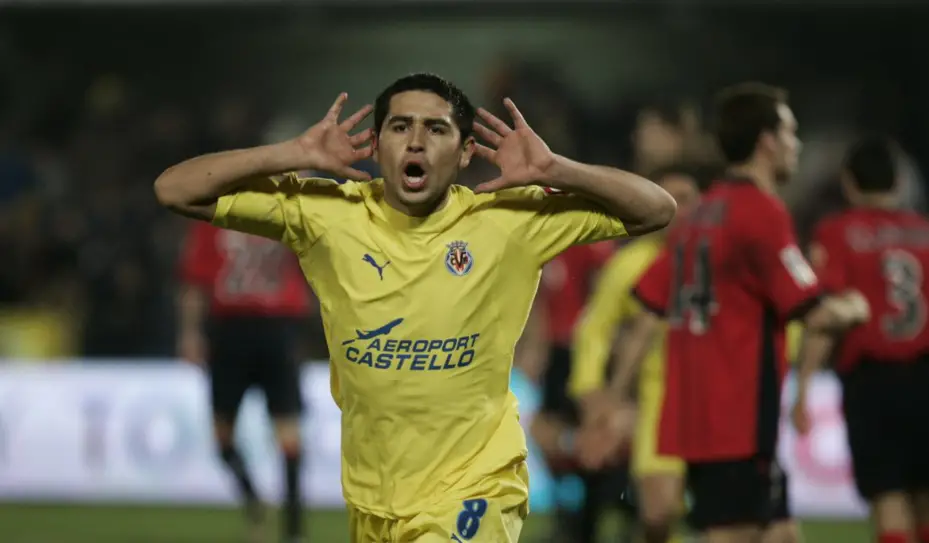
It had taken over the football world by now, as lesser footballing nations produced some of that decade’s greatest of the era.
Micheal Laudrup of Denmark represented the next step in the Socrates lineage of attacking midfielders, while Georghe Hagi was a sort of middle ground between the explosive kings of dribble and the measured playmaker. Meanwhile players like Roberto Baggio fell more into the rapid, agile type of Diego Maradona and Johan Cruyff.
The rising popularity of the 4-2-3-1 and 4-3-3 around the turn of the millennium meant further nuances were born.
To make the role work in a 4-3-3 system, complete midfielders possess all the creative genius and cunning of a no.10 and the combative hard-working mentality of a box-to-box midfielder became the lynchpin of the era’s great sides.
Zidane and Gullit were prime examples, but traditional no.10s flourished more than ever thanks to the rise of the 4-2-3-1.
The 4-2-3-1 favoured the more complete attacking midfielders. Strong and skillful with a great touch but with quick feet and a huge focus on mental attributes, like vision and anticipation.
Reading the play was just as important as their physical abilities, as the mental side of football became more and more important.
Rui Costa, Dennis Bergkamp and Juan Roman Riquelme are all among the best to ever play behind the striker(s), and fit the build perfectly. They suited the slower possessive style of play in their respective sides.
The role had become impossible to strictly define by now, as any type of player, if good enough, could make it their own.
The 2000s saw a melting pot of styles and players, as teams from the 1st to the very lowest tiers of football were employing free-roaming attacking midfielders in their tactics.
The role was and still is ever-evolving. It changes to suit football, just like a no.10 adapts to suit the flow of the game.
It will always be relevant, finding space and offering itself up as an outlet.
The last 15 years have seen players as varied as the well-rounded Andres Iniesta, the playmaking maestro Kevin De Bruyne, the skillful, lanky Kaka and the mesmerising embodiment of Joga Bonito, Ronaldinho.
